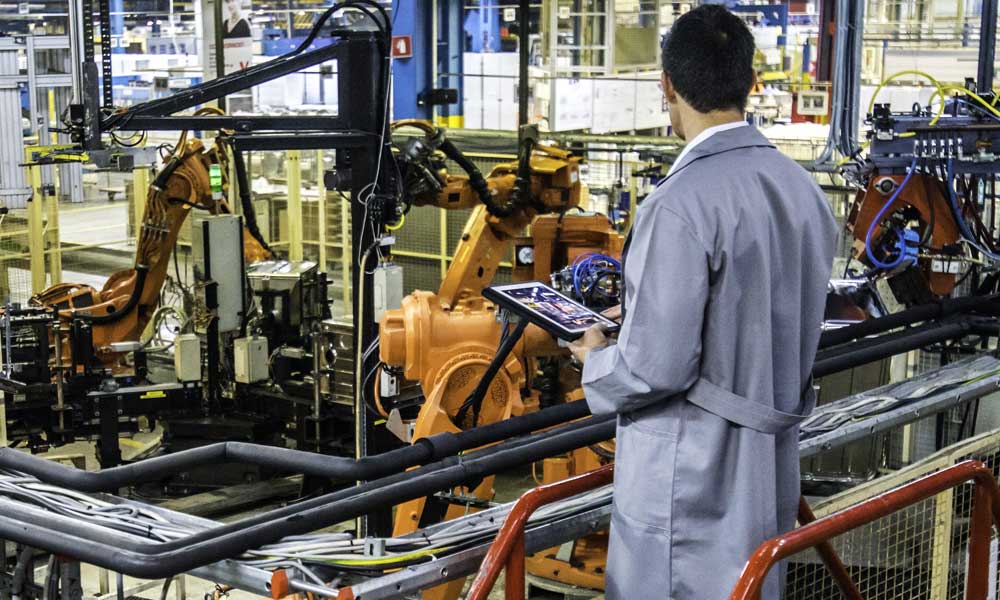
Unlocking Efficiency: The Power of Control Systems
Control system integration are systems that integrate various control systems, software and hardware components so that they function as one cohesive unit. This ensures that factories, warehouses, and power plants are operating phyisically, economically, and administratively efficient. The automatic exchange of information between systems enables faster and more reliable operations.
A team is a group of individuals that each have a particular expertise vital to the entire unit. Some specialize in data collection, others specialize in data processing, while some specialize in machine operation. Integration puts everything together in a way that scourties proper collaboration free of chaos. In a factory, for instance, sensors can detect low materials, signal the supply system, and alter the production levels—all without human intervention.
Without integration, workers had the cumbersome task of manually checking readings, recording numbers, and altering set data themselves. This was inefficient and error prone. The latest integrated systems automate and accurately execute the tasks. Businesses can retrofit older machines with newer digital components and interface them with existing equipment instead of fully replacing them. Such upgrades reduce cost while modernizing older facilities.
Basic Parts of a Combined System
Hardware Components
- Data gathering sensors
- Decision making controllers
- Action performing machines
Software Components
- Data processing programs
- System status display screens
- Data and application storage tools
Communication Methods
All systems must implement the same form of communication. This can be accomplished through:
- Ethernet connections
- Wireless networks
- Standard protocols like Modbus
Why Integration Matters
● Improves Efficiency
When the systems are integrated, the overall production improves. The workers are more focused on completing important tasks, rather than trying to resolve multiple issues.
● Full Transparency
Managers are able to monitor the performance of every functionality simultaneously and in real time allowing for quicker decision-making via real-time information.
● Less Downtime
The system estimation tools in integrated applications assist in determining the timing of expected wear and tear for certain components of the equipment, which help in preemptive repairs and avoid outages.
● Reduction in Costs
Integrated systems tend to be more economical with electricity and maintenance, thereby, saving costs in the long run.
How to Implement Successfully
● Step 1: Identify Your Requirements
Identify your existing components, and look for the objectives you want to achieve. Plans differ from one facility to another.
● Step 2: Choose Suitable Technologies
Select the appropriate systems that perform well with each other also they need to have the capacity to scale with the firm.
● Step 3: Safeguard Your System
Implement measures to protect your networked systems and devices from any potential cybersecurity risks.
● Step 4: Verify All Parts
Conduct a verification test with all components before full switchover to the new system.
● Step 5: Educate Your Staff
Ensure the staff understands how to properly maintain the new system being put into place.
The Future of Automation
With the advancement in technology, the integration of control systems is becoming more critical. Firms that integrate their particular systems are able to respond to changes in the environment fast and gain an edge over their rivals. Development of new technologies like AI and machine learning make integration more sophisticated than before. These technologies are capable of identifying certain patterns and making automatic suggestions for changes. With increasing the number of devices connected to the internet, integration will not only connect machines, but entire plants in different geographical locations. Integration is not simply a technical issue; it also refers to the smarter organization of a company where information is readily available and workflows are optimized.
